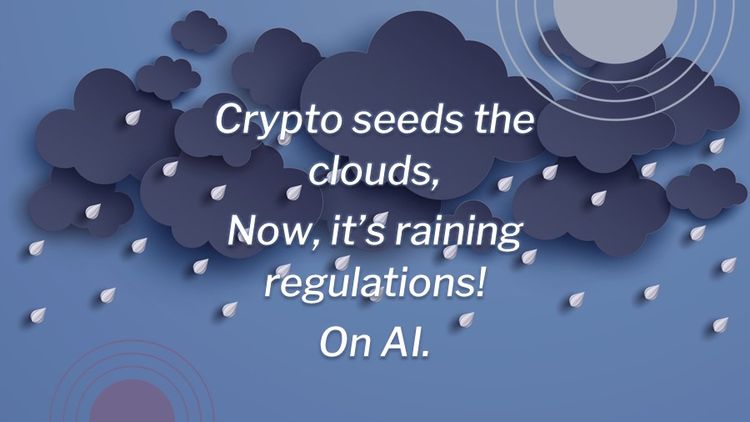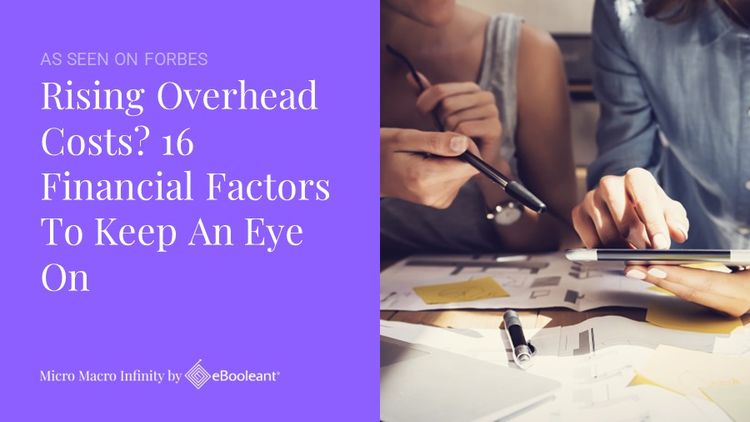Now for the economic yoyo

The Federal Reserve Bank just raised Fed Funds rates 75 basis points after a shock realization that the economy was not a crypto paradise, and that inflation was out of control. This was well telegraphed to the financial markets. The markets got the message. The Fed will pull out the stops to cut economic growth and halt the surge in inflation. But only until the Midterm Elections. The Fed will not raise rates before the election and risk causing an adverse result for the Administration.
The Federal Reserve is peopled with professional economists who were for the most part surprised by the current surge in inflation. For the economics profession, it is one more in a long string of embarrassments in recent years. The integrity of the Fed itself was shaken by the discovery of insider trading by several Fed Governors. That embarrassment comes on top of the general demise of economic theories like the Efficient Markets Hypothesis, which once was widely believed. The theory was supported by many leading economists and held that public and private information was unbiasedly reflected in market prices. The experience of the last few decades where market prices did not reflect all relevant information makes the Hypothesis widely rejected.
The lack of solid economic explanations of the economy left the door open for silly ones like the Modern Monetary Theory (MMT). MMT was quickly latched onto as resounding proof of politicians’ political belief that the Federal Government should borrow up to some very high theoretical limit. In the words of Treasury Secretary Janet Yellen, the Congress should “go big” on the deficit. Which, the Congress did with the resulting surge in inflation. And now we can expect markets to seek an equilibrium they will not get for at least a year. We will face a recession or near recession before November. This will be followed by a spring back and another recession early in 2023.
Why was the Fed surprised
The short answer to why the Fed was surprised by the sudden increase in inflation in the country is that it was myopic. The last time the Fed raised rated 75 bp was 1994. And while the structure of the financial system was basically the same as it is now, the energy infrastructure in 1994, however, was more resilient. Regulation changed that. Between 2020 and 2021, the refining capacity of the country fell by 4.5%. Aside from the fiscal and monetary explosion in the country, critical elements of its energy infrastructure were being dismantled, and by massive amounts.
The Fed also suffers from the paucity of strong theoretical models. The Fed cannot stand alone against the continuing aggressive fiscal policy from Congress. The trillions of dollars that Congress has committed to spending are simply daunting.
The Fed’s commitment to record amounts of monetary restraint by raising interest rates and selling bonds from its portfolio is reckless. It needs a coordinated effort by the entire government to reduce inflation.
And now 1938
Select years have particular lessons for us. The year of 1938 was interesting in its own right. The country had just had a little luck recovering from the Great Depression. Then the Administration decided to try to balance the budget by raising taxes and cutting spending. This sent the economy into another round of recession where it stayed until three years later when the US entered WWII.
The Fed is in an especially difficult position now because if it raises rates too much and causes a recession the country is in no position to use even more added stimulus without risking an explosion in inflation. Of course, 1938 also had another lesson. The US is in a European War and all of these issues could become moot in the face of WWIII.
Without engaging the entire Federal government that created the problem, including regulatory relief in key industries, the Fed is pushing on a string to increase production and hold down price increases. The economy is being set on a search to find a new equilibrium. Quite a yoyo to come.
For investors:
1. Expect the Fed to aggressively raise interest rates up to the election.
2. Expect the economy to fall quickly to recessionary levels and recover after the election.
3. Expect an effort to raise taxes and force the adoption of a liberal regulatory agenda before January 2, 2023, forcing another leg of the recession.
We hope you enjoyed this article. Please give us your feedback.
This article is not intended as investment, tax, or financial advice. Contact a licensed professional for advice concerning any specific situation.





